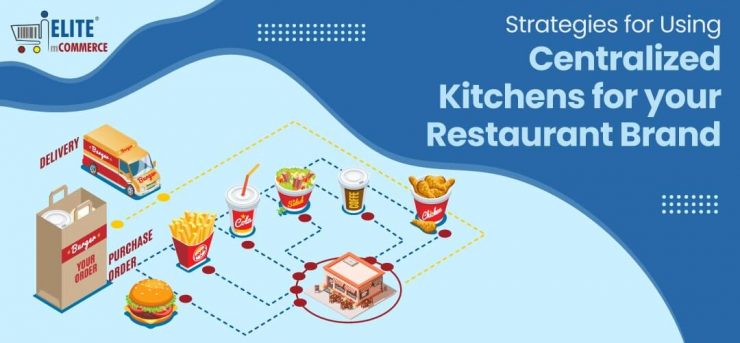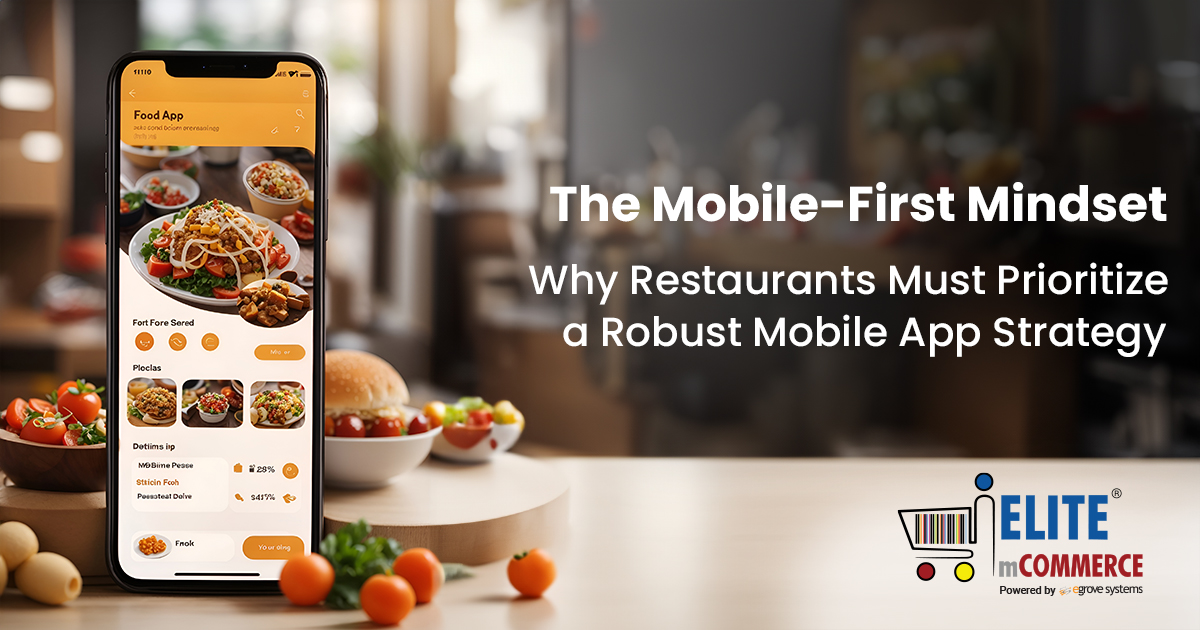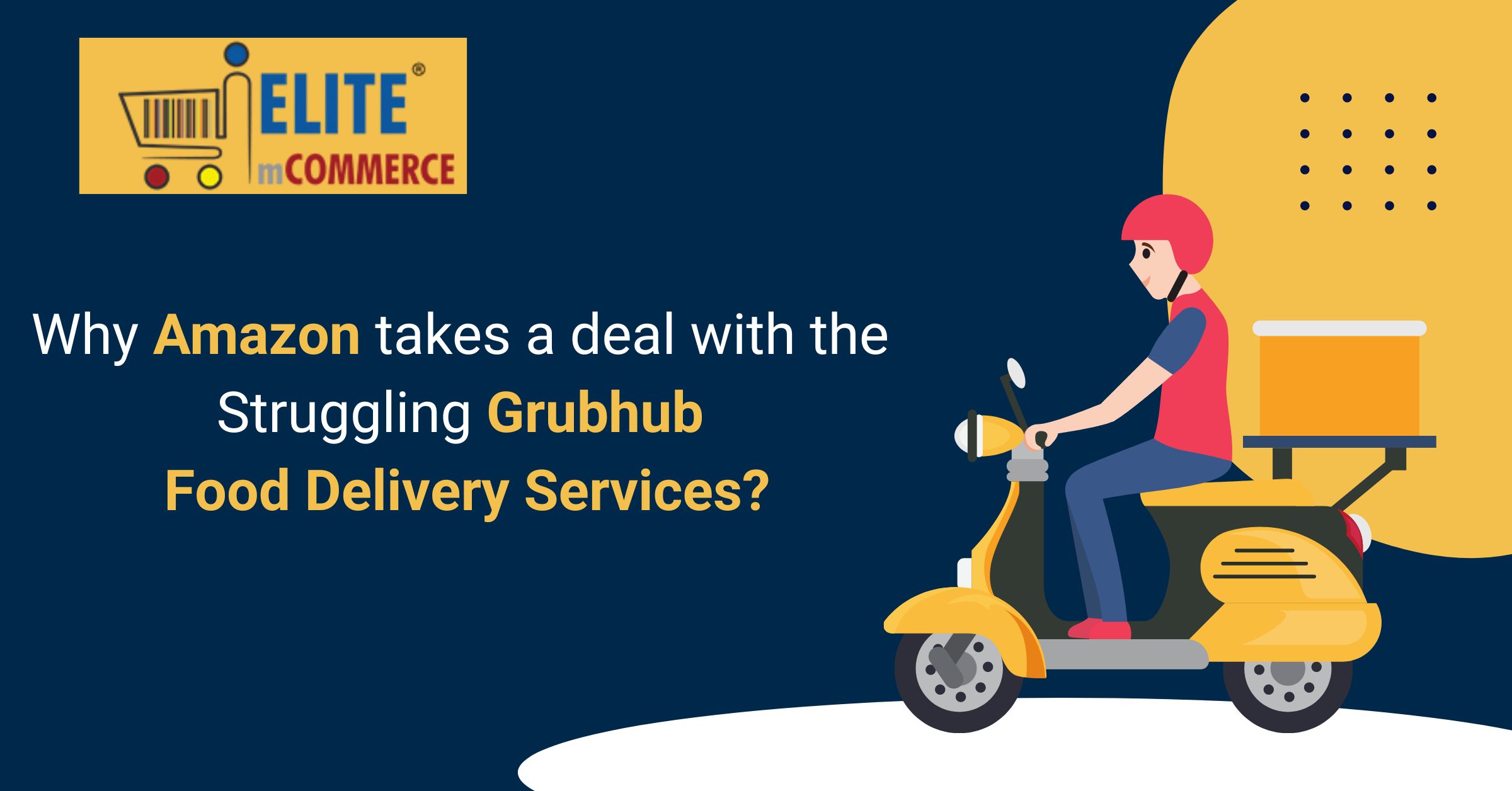Changes are taking place across the food and drink industry, letting brands connect with customers across multiple channels of off-premises sales. Restaurants with multiple locations are increasingly seeing the value of centralized kitchen locations. They can benefit restaurants in a number of different ways, increasing efficiency, standardization, and branding. Consider why restaurants need centralized kitchens and how they can best utilize them.
Why Restaurants Need Centralized Kitchens
Restaurants are recognizing that employee resources and time are frequently being spent on food preparation that doesn’t need to be done on-site. Consolidation is rising across the food and drink industry, and centralized kitchens contribute to a more efficient production process.
Centralized kitchens aren’t limited by the size of the restaurant and can fit large-scale ovens and other equipment to make bigger batches more quickly, then distribute them to multiple locations. Bulk production can bring down costs for the business overall. Items can be frozen or vacuum-sealed for preservation so they don’t have to be prepared on-demand, which reduces waste from food that was prepared in advance and never ordered.
Currently, brands are striving for uniqueness and brand identity; when customers can visit multiple locations depending on where they are passing through or order from dozens of restaurants on a third-party delivery app, it’s crucial that they have a taste for your brand above all others. That means they won’t like it if one order tastes different from the last one, so standardization is crucial. Centralized kitchens that use a smaller, better-trained kitchen staff can use their experience to ensure quality control is maintained and menu items have a consistently great taste.
A centralized location can be the optimal setup for developing menu items and recipes. With more freedom to experiment, staff can create new items and share them with other locations with well-documented and tested recipes. Assigning employees there to menu development responsibilities reduces the amount of training and specialization required for other restaurant employees. The end result of centralized menu item creation enhances standardization between multiple locations in a chain when the new items are rolled out.
Considerations for Using a Centralized Kitchen
Producing food in a central kitchen and delivering it to different locations can make production more efficient, but it depends on strong planning and an effective layout. One of the biggest advantages of a separate kitchen is that it can be located in a more remote location that doesn’t face customers, but it needs to be within a reasonable distance from all of the brand’s storefronts that it’s intended to serve. It should provide easy access to trucks or vans to load food to deliver elsewhere.
On the production side, take advantage of the ability to dedicate resources to larger batches of popular or common items like pasta, rice, sauces, and more that can stay fresh or be reheated when they are ordered. Shortages can take place when some items see unexpected demand from one or more locations, so communication between the kitchen and storefronts is essential so the kitchen manager is aware of inventory that is remaining.
Read also :- 6 Ways restaurants can ensure food quality & safety with delivery orders
While retaining the same basic structure of receiving, holding, and production, they can refocus from serving to packing and distributing. Dedicated staff for packaging and loading can improve efficiency and save labour.
Trends and Approaches to Centralization
With apps making online ordering and delivery common in all styles of restaurants, and the pandemic reducing on-premises dining, brands are focusing on reaching customers without having a nearby storefront. “Ghost kitchens” that serve only delivery customers are rising in popularity. Euromonitor predicts they could take a global $1 trillion opportunity by 2030. 52% of global consumers were willing to order from a brand with no storefront.
Some companies may rent space and relocate employees to kitchens and maintain their brand, but others are outsourcing their production to other companies who serve multiple restaurants. Putting off-site preparation into the hands of others can reduce costs, but it can also reduce standardization and control of operations instead of increasing it.
Shared kitchens between multiple brands are becoming common, especially when it comes to ghost kitchens. DoorDash established a location for four restaurants in California last year. In addition to third-party restaurant delivery apps establishing them for their partners, brands such as Kitchen United have formed to fill this niche by building spaces for this purpose and providing setup and back-of-house labour. Sharing can cut down on costs and improve efficiency overall. Reducing costs and promoting efficiency and standardization are good reasons to consider an off-site kitchen that can serve a wide range of food and drink businesses. They can help expand off-premises service on restaurant ordering apps as well as helping storefronts survive in these difficult times.









Add comment